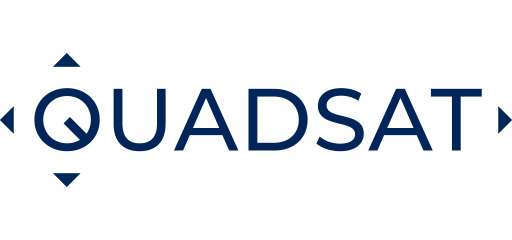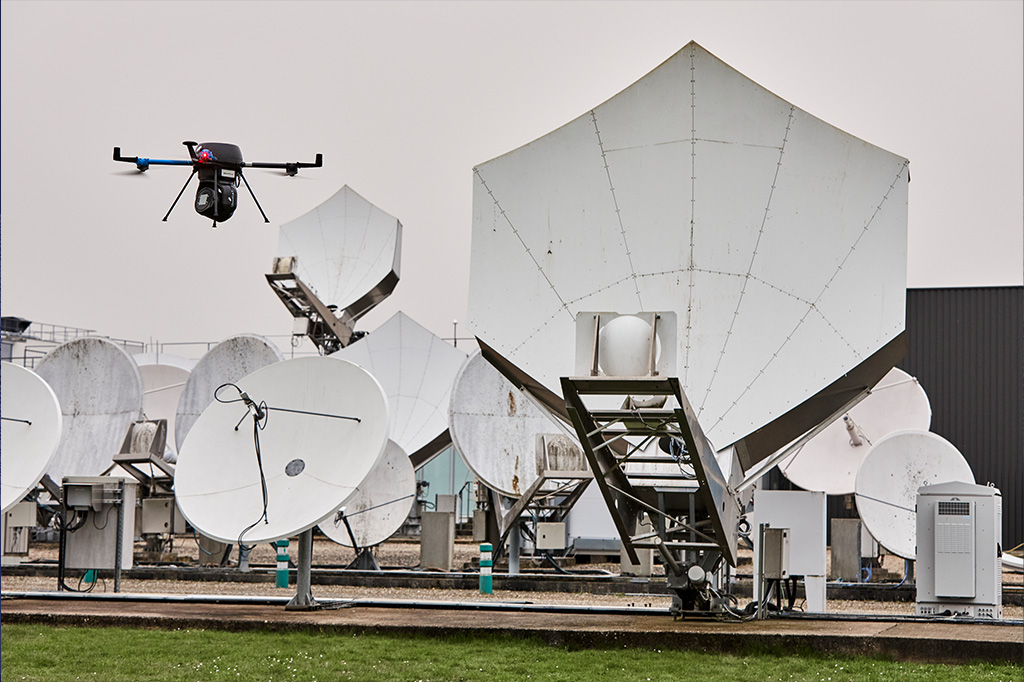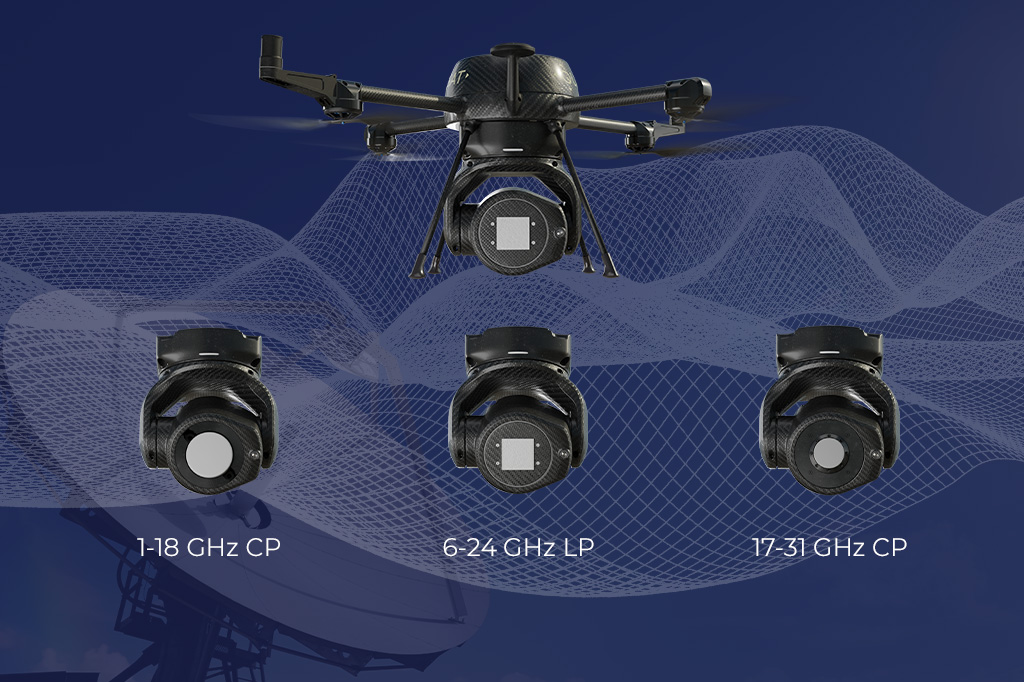Radio Frequency Interference has been a longstanding issue within satellite and the military’s use of satellite communications is not immune from the problem. RFI has been closely monitored for years and the creation of mitigation tools has been prioritised within the industry. However, how does the rapidly changing landscape within space affect RFI in 2022? Here are 3 reasons RFI must be evaluated and addressed with new solutions:
1. The changing use of multiorbital space
Lower and Medium Earth Orbits are currently seeing a drastic overhaul in use; mega constellations are being launched, and new entrants are establishing themselves within commercial markets. LEO ground segments are far more complex than those previously seen within satellite. LEO mega constellations are primarily utilising Ku and Ka bands as they offer greater throughput in smaller dishes. The need for test and measurement increases with greater directivity as it increases the likelihood of RFI and the severity of its impact on services. Additionally, due to low orbital altitude, tracking and switching through multiple gateways is standard practice and therefore the monitoring of tracking accuracy and satellite acquisition quality during handovers will be critical in managing the sector’s use of spectrum and preventing RFI within military.
2. Multiple constellations using the same bandwidth
Within GEO, there is usually one entity in a frequency band per orbital slot meaning that coordination mitigates interference caused by ‘border issues’ between satellites in adjacent slots. With LEO, however, we have potentially multiple constellations using the same frequency bandwidth. Each constellation is in multiple orbits and orbit heights. This could potentially lead to valid transmissions from authorized satellites causing interference at any given spot on the earth with the interference being intermittent and different at any given location. Within military operations it will be critical to ensure that operators have access to in-field tools to identify and mitigate RFI.
3. 5G’s operational impact on satellite
5G has delivered fresh challenges within spectrum management, with two industries with differing needs working closely within spectrum. RF noise is a considerable issue caused by the high number of 5G cells required to run an effective network. There is a risk that signals within the wider spectrum will become overloaded. Technology has been developed to mitigate this, however there is anecdotal evidence of satellite signals being negatively affected by 5G responders. 5G adds another layer of risk of RFI and satellite users must take steps to monitor and control its impact to prevent loss of services.
How can satellite manage new RFI challenges?
As the RFI landscape changes to reflect the developing use of space, it is critical that satellite users build robust solutions to safeguard teleports from incidents. Perhaps the most obvious solution: ensuring that the ground segment has access to suitable testing and monitoring technology is key in enabling successful management of the ground segment. Making on-site testing available and cost effective, teleport operatives can utilise accurate results to take the necessary steps to mitigate disturbances with the knowledge that amendments are cost-effective, necessary and will be successful. Great quality equipment paired with rigorous and thorough testing and monitoring solutions is going to be key in mitigating incidents and maintaining reliable communication channels.
Drone technology is optimising satellite ground segments through providing high-quality, on-site testing. Meet with QuadSAT at IET Milsatcoms in London on 16th-17th June 2022 to learn more.



